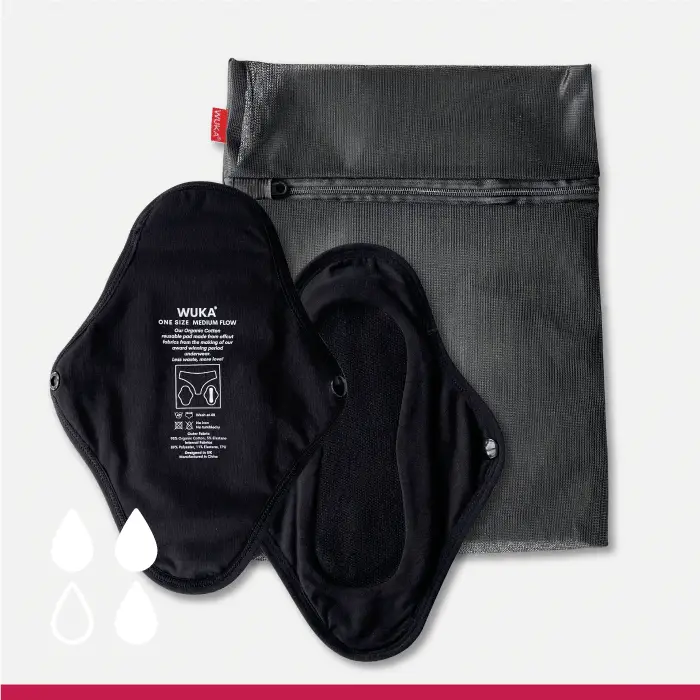11 Best Online Payment Processing Practices for SMEs and Startups
Posts contain affiliate links, see disclosure for more details.

Owners of small and medium-sized enterprises (SMEs) and startups, especially those with a global market, know just how difficult it is to develop and sell products with broad appeal. Most of these businesses also understand the need to invest in product research and development as well as marketing. However, having the best products and the most attractive marketing strategies will mean little when, at the point of sale, your would-be customers find that they’re unable to complete their purchases.
With different local and international markets now growing in both size and diversity, startups and SMEs need to reexamine the online payment solutions they now use and, if necessary, replace their current online payment processing service to meet the demand. In addition, it’s good to let go of old assumptions about internet payment solutions, as buyers are growing more diverse in how they pay for items online.
In that vein, below are eleven practices that can help SMEs and startups offer the best online payment processing experiences to their customers:
1) Offer Multiple Payment Methods
Customers from different regions tend to have certain payment preferences, and some regional or national markets are especially diverse. For instance, in the Philippines, the use of cash alternatives like Maya e-wallets, QR codes, and credit cards is growing, with many individuals preferring to have their online payment processed in different ways depending on the situation.
With the e-commerce status quo continuing to change rapidly, your business will need to partner with an online payment processing company that helps it accept all cards, digital wallets, bank transfers, and locally relevant payment methods. Keep a diverse range of customers happy by ensuring that multiple payment methods are accepted by your store.
2) Implement a Secure Payment Gateway
Security over customers’ private and financial data should be a top priority when processing online payments. With this in mind, you’ll need to look for payment solutions that help keep your customers secure from identity theft and other forms of cybercrime.
You’ll want to connect with a trusted payment gateway provider that goes above and beyond minimum compliance requirements. Not only will this help keep your customers safe, but it will also earn their trust and encourage them to buy from your startup or SME.
3) Ensure Payment Card Industry-Data Security Standard (PCI DSS) Compliance
Knowing that many customers, both local and international, prefer to use credit and debit cards, any system you implement must adhere to PCI-DSS guidelines to protect your customers’ card data. Complying with these standards reduces the risk of data breaches and potential legal repercussions, thus instilling confidence in your customers.
4) Optimize Checkout Processes
Convoluted checkout processes will not only increase your abandoned cart rates, but also discourage customers from buying again. To avoid issues, try to minimize the number of steps required to complete a purchase from your store. If necessary, revamp your site experience and site design to make the checkout processes clearer to customers. Consider offering guest checkout options and saving customer payment information for future use to enhance convenience and increase your chances of securing repeat purchases from your customers.
5) Invest in a Well-Trained Live Chat Team
Live chat functionality can now be easily integrated into most e-commerce sites, particularly those that are built on popular platforms like Shopify, Magento, and WooCommerce. When this function is supported by a well-trained customer support team, it could be pivotal in assisting new visitors through your site’s checkout and payment process. SMEs and startups should consider investing in this technology and assuring their customers of assistance with payment processing-related issues if needed.
6) Offer Onsite Resources to Guide New Visitors
Blog posts, instructional videos, and chatbots can all be leveraged to supplement live customer service agents and assist customers through the checkout process. Consider setting up a page dedicated to frequently asked questions (FAQs) and paying special attention to potential friction points in the checkout process. Likewise, you can set up chatbots to address common concerns regarding accepted payments and other related issues.
7) Leverage Recurring Billing
If your business model involves subscriptions or recurring payments, consider implementing a recurring billing system. This feature not only improves cash flow predictability, but also enhances customer retention by automating payment collection processes.
8) Support Payments in Multiple Currencies
For SMEs and startups targeting a global market, offering local currency options will significantly improve customer experience. If your business falls under this category, consider integrating with payment processing companies that support multi-currency transactions, allowing customers to make payments in their preferred currency without incurring additional conversion fees.
9) Implement Transparent Pricing
Apart from being highly unethical, hidden fees can result in a lot of ill will from customers who may understandably decide to never buy from your store again. To avoid damage to your brand, be clear about any additional fees or charges associated with online payments to avoid surprising customers at checkout.
11) Use Payment Data to Your Advantage
Lastly, it’s good to leverage the insights provided by your payment processing analytics to identify trends and optimize your payment strategy accordingly. Analyze key metrics such as transaction success rates, chargebacks, preferred payment methods, and average payment processing time to identify areas for improvement.
With local trade booming and barriers to international trade continuing to disappear, it’s an excellent time for SMEs and startups to make it big with broader audiences. However, it’s not enough to simply have good products and market them well.
Your company will need the best online payment processing systems to minimize friction and maximize its chances of success. Follow the best practices listed above to improve payment processing experiences at your store and motivate your customers to choose your brand over those of your competitors.






